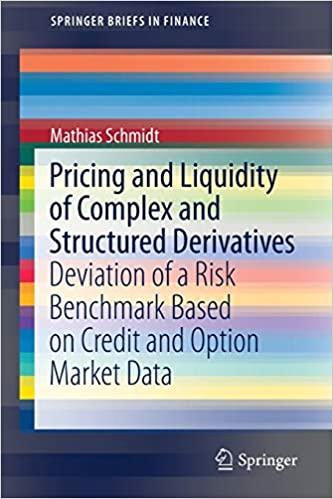Question
Assume there are only 2 countries in the world, Canada and Germany. Now, imagine a world before automatic teller machines (ATMs) so if you need
Assume there are only 2 countries in the world, Canada and Germany. Now, imagine a world before automatic teller machines (ATMs) so if you need cash you have to wait in a long line at the bank for a teller. Consider the model of exchange rate determination with short-run nominal rigidities and in which money market equilibrium holds every period, Uncovered Interest Rate Parity holds every period. Assume you have been employed by the European Central Bank and that the German economy is initially in the long-run equilibrium. Now suppose that your imagination comes true, that is ATMs are removed permanently from Europe but remain in the Canada Assume that this German action does not change consumer discount rates nor change real output. Explain what happens to German and Canadian interest rates, German and Canadian prices, and the exchange rate (measured as units of Euro per one unit of Canadian dollar, E|$) in the short-, and long- run when ATMs are no longer in existence in Germany. Support your answer with a graph of the German money market equilibrium and a graph of the foreign exchange market equilibrium. (hint: treat Europe as the domestic country and Canada as the foreign country and show the effects on the 4 quadrant graphs.
Please explained really detail. thank you
Step by Step Solution
There are 3 Steps involved in it
Step: 1

Get Instant Access to Expert-Tailored Solutions
See step-by-step solutions with expert insights and AI powered tools for academic success
Step: 2

Step: 3

Ace Your Homework with AI
Get the answers you need in no time with our AI-driven, step-by-step assistance
Get Started


